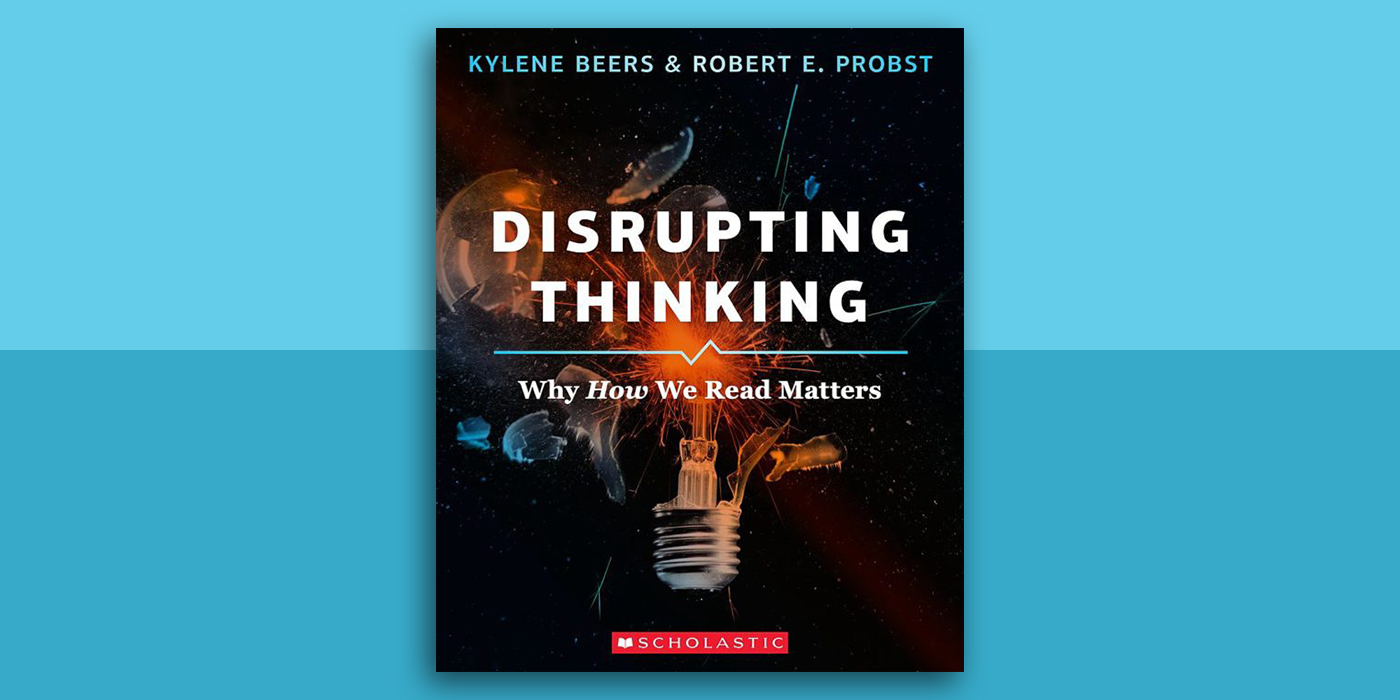Why Becoming a Nation of Readers is Important Now
We’ve all seen students move from reading for pure enjoyment to reading to reach a certain Lexile or to pass a test. All those issues seemed to crowd out any personal reasons for reading.
Our youngest students begin school eager to become friends with Baby Mouse, George and Martha, and Dory Fantasamagory, and far too many of our graduating seniors leave having mastered the art of fake reading. Then, when they arrive at college, the amount of reading can be overwhelming.
We’ve been thinking about this issue—this turn away from reading—for much of our professional lives. We have studied and written about students, texts, and teachers. We’ve written about helping underachieving readers and reluctant readers. We’ve wondered if the problem of aliteracy could be solved by giving kids books they wanted to read and making sure they had more time to read. And for decades many teachers have tried doing just that.
We know that during a student’s experiences in kindergarten through high school, perhaps more so in those elementary years, many teachers encourage a love of reading; yet the overwhelming majority of our high school students do not identify themselves as readers and do not turn to reading for enjoyment.
Too often, the right book created a compliant one-book-at-a-time reader, that kid who will willingly read the book we promise him he will enjoy. And yet, he doesn’t become the committed reader who searches on his own for the next great book.
And then we wondered if we were trying to solve the wrong problem. Many teachers have given them the right books to read, and many have given them time to read. Perhaps what was missing was helping students have the right mindset while reading. Once we reframed the problem we began to understand why how kids read matters so very much.
Disrupting Thinking is, at its heart, an exploration of how we help students become the reader who does so much more than decode, recall, or choose the correct answer from a multiple-choice list. This is a responsive reader who is aware of her feelings and thoughts as the text brings them forth.
Disruptions start with the thought that something needs to be better. And with two questions:
1. What needs to change?
2. What assumptions make that change hard?
And while answering those questions, we need to be willing to:
- Be brave. You aren’t thinking outside the box. You are hunting for a new one.
- Accept failure. Whatever you’re going to do probably won’t work the first time or the fifteenth.
- Be open. Disruptions can’t proceed in secret. Tell folks what you’re trying. Document. Put it up online. Be transparent.
- Be connected. Look around and see who else is trying something similar. Reach out. Talk. Share.
- Get uncomfortable. Disruptions ought to shake us up as we head into uncharted territory. That’s okay.
To learn more about Disrupting Thinking, Why How We Read Matters, you can purchase the book here.
About the authors of this post:
Kylene Beers
Kylene Beers is an award-winning educator and co-author, with Robert E. Probst, of Disrupting Thinking (Scholastic). She is a past President of the National Council of Teachers of English, received an NCTE Leadership Award, held a reading research position in the Comer School Development Program at Yale University School of Medicine, and has most recently served as the Senior Reading Advisor to the Reading and Writing Project at Teachers College, Columbia University.
Robert E. Probst
Robert E. Probst, Ed.D., is an author and consultant to schools nationally and internationally. He speaks to administrators and teachers on literacy improvement, particularly issues surrounding struggling readers and meeting standards. Bob is Professor Emeritus of English Education at Georgia State University and has served as a research fellow for Florida International University. He is co-author with Kylene Beers of Disrupting Thinking (Scholastic).
